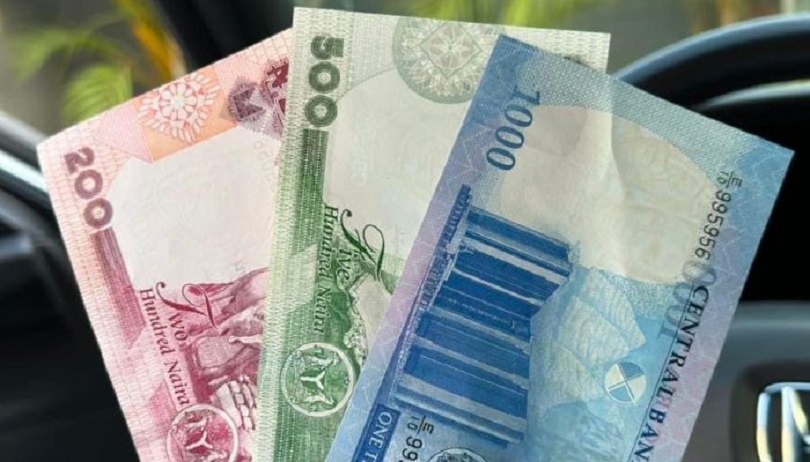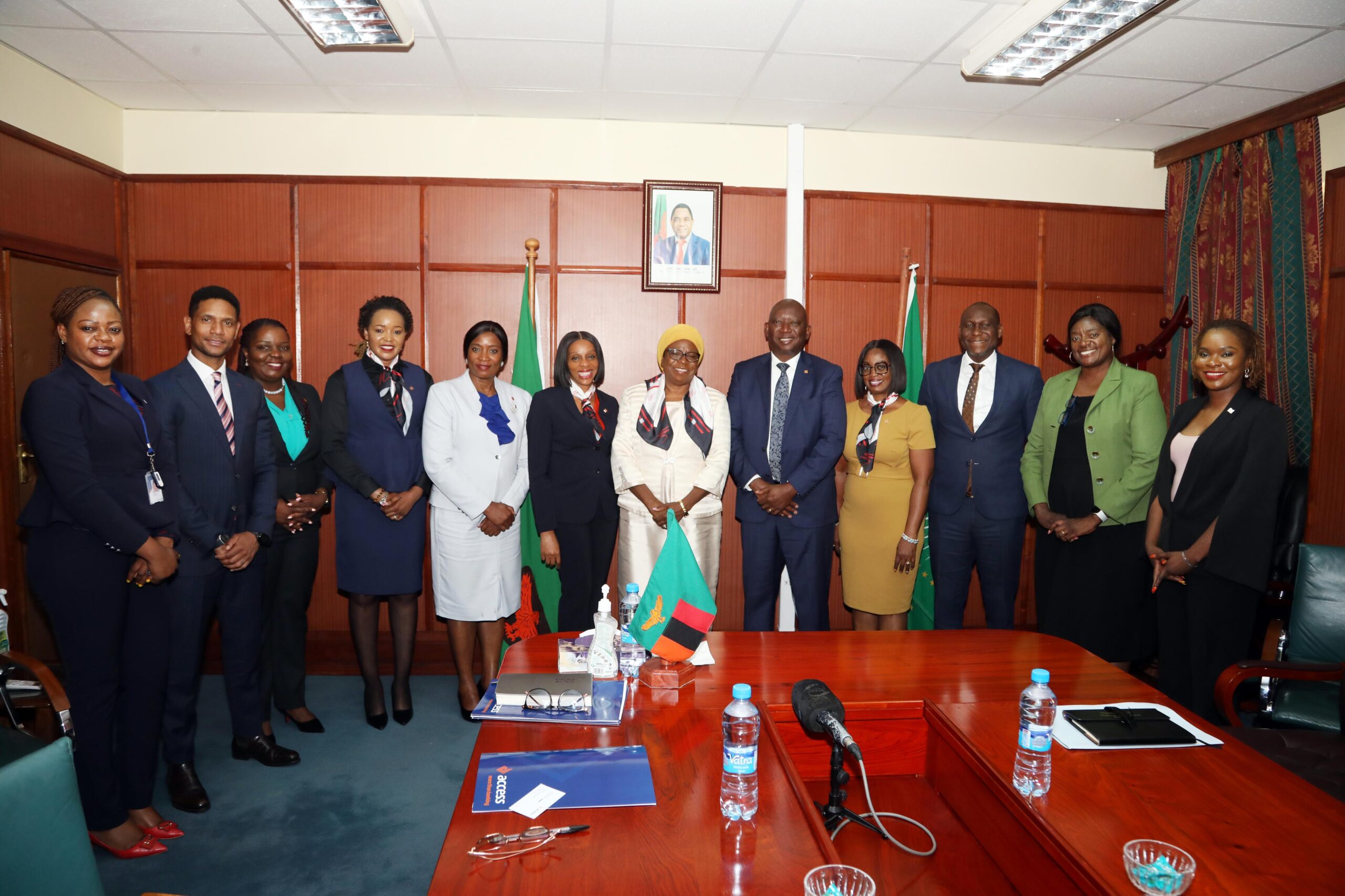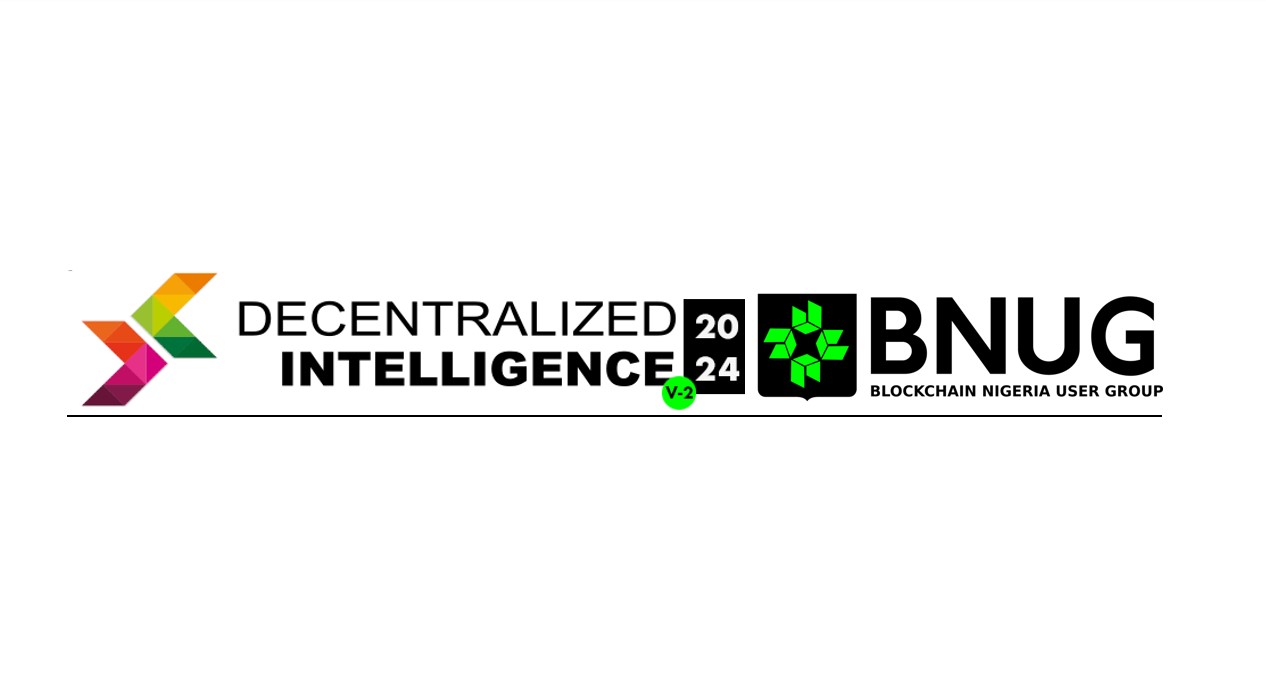Place your adverts here on InfoDig @ low rates; banner ads, sponsored links and guest articles etc. Contact us
The number of approved digital lending platforms in Nigeria has soared by nearly 80% since April 2023, reflecting a growing demand for credit among Nigerians. This rise coincides with a staggering 329% year-on-year increase in personal loans, which reached N7.52 trillion as of March 2024, according to the Central Bank of Nigeria (CBN).
Data from the Federal Competition and Consumer Protection Commission (FCCPC) shows that the number of registered digital lenders grew from 173 in April 2023 to 311 by September 2024, marking a 79.77% increase. These platforms are registered under the FCCPC’s Limited Interim Regulatory/Registration Framework and Guidelines for Digital Lending 2022, which ensures that all digital lenders are properly regulated and approved before they can operate.
The FCCPC offers two levels of approval for lenders: full approval and conditional approval. The number of fully approved lenders increased from 119 to 269, while those with conditional approvals dropped from 54 to 42 during the same period. Additionally, 14 of the lenders listed were directly approved by the CBN.
Rising Consumer Credit Demand
The CBN attributes the surge in consumer credit to the rising popularity of loan apps and increasing inflation, which stood at 32.15% as of August 2024. The central bank noted that in early 2023, increased banking system liquidity, coupled with greater access to formal financial services through fintech channels, contributed to the boost in consumer loans. By 2024, the continued growth in consumer credit was driven by inflation expectations.
A report from Piggyvest revealed that 4 in 10 Nigerians are in debt, with 26% owing money to loan apps. Another study by SBM Intelligence found that 27% of Nigerians across various income levels are turning to loan apps to manage daily expenses amidst rising inflation.
“The rising cost of living has increased the need for credit,” said Adeshina Adewumi, CEO and founder of Trade Lenda. Gbemi Adelekan, president of the Money Lenders Association, agreed, stating, “Demand for loans has doubled because of economic hardship, and many people are relying on loan apps.”
Loan App Popularity and Challenges
Loan apps are favored for their ease of access and quick disbursement. In 2023, CBN Governor Olayemi Cardoso predicted that mobile money and digital lending would fuel growth in Nigeria’s service sector as more people turn to borrowing. However, with rising demand for loans, regulatory efforts to streamline the industry have also driven the increase in the number of registered lending platforms in 2024.
Despite this growth, the cost of borrowing has escalated. The CBN raised its Monetary Policy Rate (MPR) by 50 basis points in September 2024, bringing the benchmark interest rate to 27.25%. As a result, borrowing rates have jumped to between 3% and 12% per month, depending on the lender.
High interest rates, combined with worsening poverty levels, have led to a rise in loan defaults. According to Akin-Moses, co-founder of Sycamore, “There has been a rise in loan defaults across the industry,” creating a cycle of bad debt for lenders.
To mitigate this risk, many loan apps are adopting technologies that assess borrowers’ income sources through bank statement analysis, ensuring that they can repay their loans. Adelekan, president of the Money Lenders Association, emphasized, “We are ready to support the economy, but borrowers must be prepared to repay their loans.”
As the digital lending industry continues to grow, both lenders and regulators are working to balance the demand for credit with responsible lending practices to mitigate the rising risk of defaults.

 3 hours ago
33
3 hours ago
33















 English (US) ·
English (US) ·